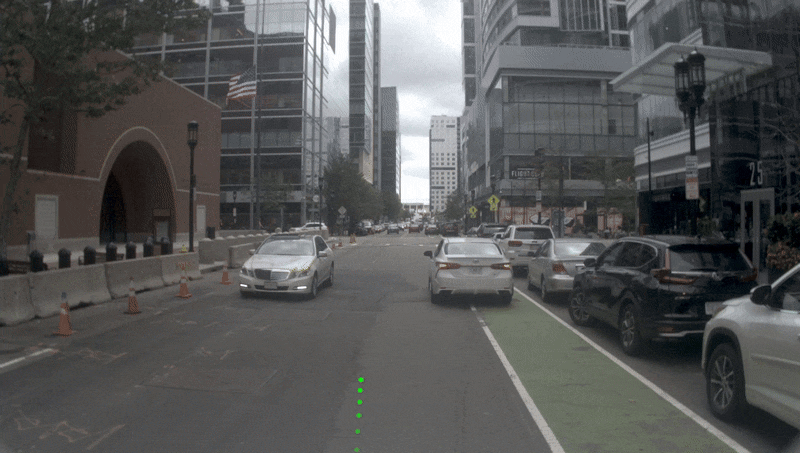
NVIDIA was today named an Autonomous Grand Challenge winner at the Computer Vision and Pattern Recognition (CVPR) conference,… Read Article

NVIDIA was today named an Autonomous Grand Challenge winner at the Computer Vision and Pattern Recognition (CVPR) conference,… Read Article
NVIDIA Research has developed an AI light switch for videos that can turn daytime scenes into nightscapes, transform sunny afternoons to cloudy days and tone down harsh fluorescent lighting into… Read Article
Since a 7.8-magnitude earthquake hit Syria and Türkiye two years ago — leaving 55,000 people dead, 130,000 injured and millions displaced from their homes — students, researchers and developers have… Read Article
Across robot training and development, NVIDIA Research is uncovering breakthroughs in areas such as multimodal generative AI and synthetic data generation. The team’s latest innovations will be spotlighted at the… Read Article
Researchers across Taiwan are tackling complex challenges in AI development, climate science and quantum computing. Their work will soon be boosted by a new supercomputer at Taiwan’s National Center for… Read Article
Advancing AI requires a full-stack approach, with a powerful foundation of computing infrastructure — including accelerated processors and networking technologies — connected to optimized compilers, algorithms and applications. NVIDIA Research… Read Article
Gold prospecting in Venezuela has led to a malaria resurgence, but researchers have developed AI to take a bite out of the problem. In Venezuela’s Bolivar state, deforestation for gold… Read Article
This National Robotics Week, NVIDIA highlighted the pioneering technologies that are shaping the future of intelligent machines and driving progress across manufacturing, healthcare, logistics and more. Advancements in robotics simulation… Read Article
The roots of many of NVIDIA’s landmark innovations — the foundational technology that powers AI, accelerated computing, real-time ray tracing and seamlessly connected data centers — can be found in… Read Article